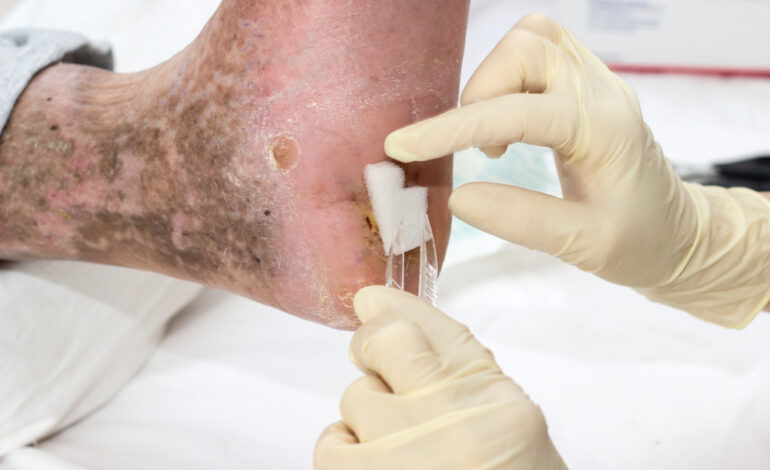Cracking the Code: How Diabetes Is Diagnosed and Tested

Diabetes diagnosis is a critical step in managing the condition effectively. Understanding how diabetes is Diagnosed and Tested methods involved is essential for early detection and timely intervention.
Fasting Blood Sugar Test
One of the most common tests used to diagnose diabetes is the fasting blood sugar test. Here’s how it works:
- Fasting: You are required to fast overnight (usually for 8 hours or more) before the test.
- Blood Sample: A blood sample is taken in the morning before eating or drinking anything.
- Results: The blood sample is analyzed for glucose levels. A fasting blood sugar level of 126 milligrams per deciliter (mg/dL) or higher on two separate tests indicates diabetes.
Oral Glucose Tolerance Test (OGTT)
The OGTT is another diagnostic test, especially for gestational diabetes:
- Fasting: Like the fasting blood sugar test, you start fasting overnight.
- Baseline Test: A fasting blood sugar sample is taken.
- Glucose Solution: You are then given a glucose solution to drink.
- Blood Sugar Checks: Blood samples are taken at intervals (usually every 30 minutes) after drinking the solution.
- Results: If your blood sugar levels stay elevated, it may indicate diabetes. For gestational diabetes, diagnosis occurs when blood sugar levels are higher than normal but not high enough to be diabetes.
A1C Test
The A1C test measures your average blood sugar levels over the past two to three months:
- Blood Sample: It doesn’t require fasting, and a blood sample is taken at any time.
- Results: An A1C level of 6.5% or higher on two separate tests indicates diabetes.
Random Blood Sugar Test
This test is used for diagnosing diabetes when symptoms are present:
- Random Test: A blood sample is taken at any time, regardless of when you last ate.
- Results: A blood sugar level of 200 mg/dL or higher, along with symptoms of diabetes, indicates the condition.
Glycated Albumin (GA) Test
The GA test is used less frequently but may be preferred in certain situations:
- Blood Sample: It measures the percentage of glycated albumin in the blood.
- Results: Elevated GA levels may indicate diabetes.
Diabetes Antibody Tests
For Type 1 diabetes, antibody tests may be performed to detect autoantibodies that attack insulin-producing cells in the pancreas:
- Blood Sample: These tests require a blood sample.
- Results: The presence of specific antibodies may suggest Type 1 diabetes.
Urine Tests
Urine tests may be used to check for ketones (produced when the body doesn’t have enough insulin) or excess glucose in the urine. While not typically used for diagnosis, they can provide valuable information about blood sugar control.
Understanding the diagnostic methods and tests for diabetes is crucial. If you experience symptoms such as excessive thirst, frequent urination, unexplained weight loss, or fatigue, consult a healthcare professional. Early diagnosis and appropriate management are key to preventing complications and maintaining your health.











4 Comments
[…] the next blog, we’ll delve deeper into specific complications, starting with cardiovascular disease, and explore prevention strategies in detail. Stay informed […]
[…] diabetes myths is essential for accurate understanding and effective management of the condition. By […]
[…] diabetes complications is a crucial aspect of long-term health. By proactively managing your diabetes, adopting a healthy lifestyle, adhering to medical advice, and attending regular checkups, you can […]
[…] the next blog, we’ll explore the significance of diabetes complications, how to prevent them, and the importance of regular medical checkups in diabetes […]